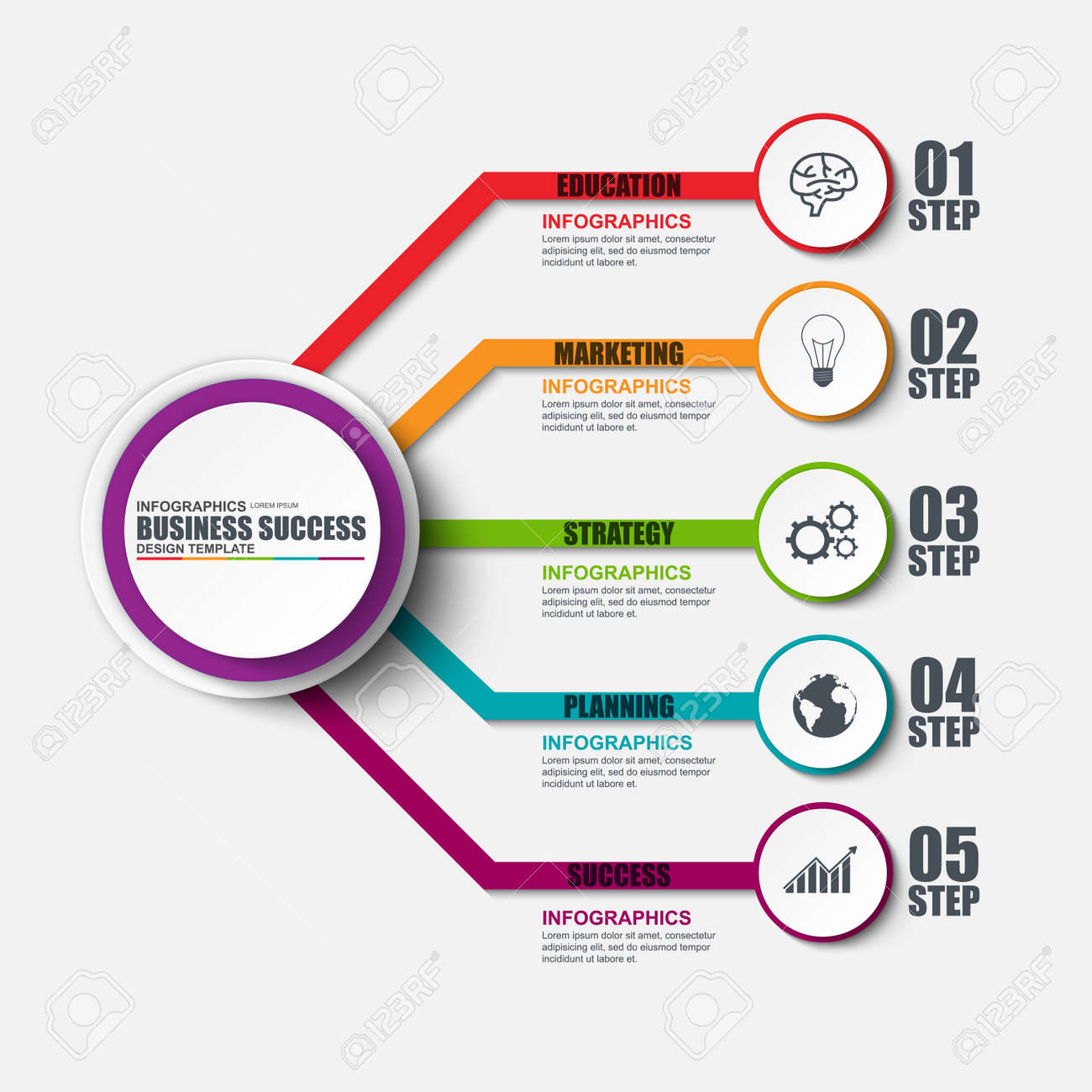Get Ready To Journey With Time And Discover Just How Sites Have Actually Come To Be Extra Innovative, Easy To Use, And Aesthetically Spectacular
Get Ready To Journey With Time And Discover Just How Sites Have Actually Come To Be Extra Innovative, Easy To Use, And Aesthetically Spectacular
Blog Article
Write-Up Created By-Kinney Dalby
In the past, internet sites were straightforward and concentrated on information. Navigation was direct, and design was for desktop computers. Now, user experience is vital. Data guides layouts for very easy navigating. Receptive layouts suit various devices. Today, dark mode reduces stress, and minimalist food selections enhance navigating. Interactive attributes engage users, and bold visuals stand out. AI assimilation improves engagement. See just how design has advanced to boost your on the internet journey.
Early Days of Web Design
In the very early days of website design, simpleness preponderated. Web sites were fundamental, with limited colors, font styles, and formats. The emphasis got on offering information rather than fancy visuals. Users accessed the web via sluggish dial-up links, so rate and capability were crucial.
Navigating menus were straightforward, typically situated at the top or side of the page. Sites were designed for computer, as mobile browsing had not been yet widespread. Content was king, and developers prioritized very easy readability over complex design components.
HTML was the key coding language made use of, and developers needed to work within its restraints. Animations and interactive attributes were marginal compared to today's requirements. Internet sites were fixed, with little vibrant material or personalized user experiences.
Increase of User-Focused Layout
With the advancement of website design, a shift in the direction of user-focused layout principles has come to be progressively prominent. Today, developing web sites that focus on individual experience is essential for involving visitors and attaining organization goals. User-focused layout includes comprehending the needs, preferences, and behaviors of your target audience to customize the website's layout, web content, and features accordingly.
Developers currently perform comprehensive research, such as user studies and functionality screening, to gather insights and feedback directly from customers. This data-driven approach assists in producing intuitive navigation, clear calls-to-action, and visually enticing user interfaces that reverberate with site visitors. By https://www.accountancytoday.co.uk/2022/06/29/top-tips-for-growing-your-practice-from-gorilla-accounting/ at the facility of the layout process, web sites can deliver an extra tailored and delightful experience.
Receptive style has also become a vital facet of user-focused style, making certain that internet sites are enhanced for different gadgets and display dimensions. This flexibility improves ease of access and functionality, dealing with the diverse means users connect with sites today. In essence, the surge of user-focused style symbolizes a change in the direction of producing electronic experiences that focus on the needs and expectations of the end user.
Modern Trends in Website Design
Explore the latest trends shaping web design today. One prominent fad is dark setting layout, supplying a smooth and modern look while reducing eye stress in low-light environments. Another key pattern is minimalist navigating, streamlining menus and boosting customer experience by focusing on essential elements. Incorporating micro-interactions, such as animated buttons or scrolling results, can develop a more interesting and interactive website. Responsive layout remains vital, ensuring smooth user experiences throughout different devices. In addition, making use of vibrant typography and asymmetrical layouts can add aesthetic passion and draw attention to specific web content.
Integrating AI innovation, like chatbots for client support or tailored recommendations, enhances user involvement and simplifies procedures. Access has also come to be a significant fad, with developers focusing on inclusive style techniques to deal with diverse user requirements. Embracing sustainability by enhancing website performance for rate and performance is one more emerging trend in web design. Working together with customer feedback and data analytics to iterate and enhance style continually is vital for remaining relevant in the ever-evolving electronic landscape. By accepting these modern-day patterns, you can develop an aesthetically appealing, easy to use internet site that resonates with your target market.
Verdict
As you assess the evolution of website design from the early days to now, you can see exactly how user-focused layout has come to be the driving pressure behind modern-day fads.
Accept the trip of modification and adaptation in website design, constantly keeping the individual experience at the center.
Tippingpointdigital
Stay present with the latest fads and modern technologies, and never ever stop evolving your technique to create aesthetically sensational and straightforward web sites.
Advance, adapt, and produce - the future of website design is in your hands.
